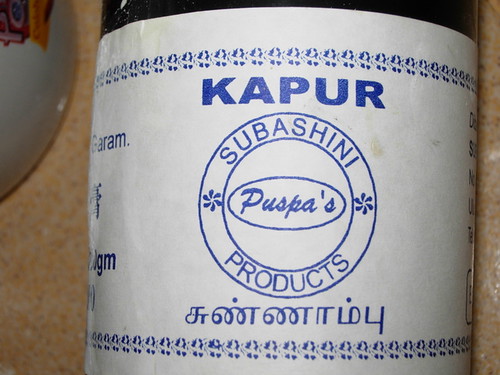Aktiviti yang mudah dan menyeronokkan ini pasti dapat mencungkil kreativiti pelajar anda di samping mereka belajar tentang masa dan waktu.
Pada akhir aktiviti ini, pelajar akan dapat menggunakan istilah-istilah berkaitan masa dalam kehidupan seharian, mengkategorikan aktiviti-aktiviti mengikut tempoh masa tertentu dan juga menyusun aktviti-aktiviti ini mengikut tempoh masa ia dilakukan.
Topik
Masa dan Waktu / KSSR Matematik Tahun 1 dan 2, KBSR Matematik Tahun 3
Apakah yang diperlukan?
Pen penanda
Kertas mahjong
Jam dinding yang besar
Apakah yang perlu dilakukan?
1. Guru memperkenalkan tentang masa dan waktu dan menunjukkan bagaimana jam memberi kita informasi tentang masa.
2. Guru membahagikan pelajar kepada beberapa kumpulan, sekurang-kurangnya 5 orang dalam satu kumpulan. Agihkan kertas mahjong dan pen penanda kepada setiap kumpulan.
3. Tugas setiap kumpulan untuk menulis seberapa banyak aktiviti yang boleh dilakukan dalam masa satu minit. Semua idea yang mereka lontarkan harus ditulis di atas kertas mahjong. Jika mereka menghadapi masalah menjana idea, guru boleh membantu dengan memberi contoh seperti; "memakai stoking", "mengikat tali kasut" dan "menyikat rambut".
4. Apabila mereka telah bersedia, wakil kumpulan akan memilih satu aktiviti untuk didemonstrasi sebagai bukti bahawa ia mengambil masa selama 1 minit untuk dilakukan.
5. Apabila semua wakil kumpulan sudah bersedia, guru sebagai penjaga masa memberi isyarat bahawa satu minit sudah bermula dan semua wakil kumpulan dengan serentak melakukan "aktiviti 1 minit" mereka. Sebagai penjaga masa, guru juga digalakkan untuk memberitahu kelas tentang jarak waktu yang tertentu. Contohnya, "10 saat sudah berlalu", "30 saat sudah berlalu", "setengah minit sudah berlalu", "kamu ada masa lagi 15 saat" dan sebagainya. Pastikan pergerakan jarum jam boleh dilihat oleh semua orang.
6. Ulangi aktiviti ini dengan "Aktiviti 2 minit", "Aktiviti 20 saat", "Aktiviti 5 minit" dan sebagainya; mengikut budi bicara guru.
7. Disebabkan oleh kekangan masa dan kerana aktiviti yang memakan masa yang lama tidak praktikal untuk dilakukan di kelas, guru boleh cetuskan perbincangan tentang aktiviti yang mengambil masa yang lebih lama seperti, 1 jam, 24 jam (1 hari), dan sebagainya. Uji pemahaman pelajar tentang pelbagai masa yang telah dibincangkan.
8. Guru juga boleh membuat demonstrasi dengan menggunakan jam dinding tadi supaya pelajar faham tentang jangka waktu tertentu yang disebutkan tadi iaitu "10 saat sudah berlalu", "30 saat sudah berlalu", "setengah minit sudah berlalu", "kamu ada masa lagi 15 saat" dan sebagainya.
Tip:
Tampalkan hasil kerja pelajar di dinding kelas. Tinggalkan pen penanda untuk mereka boleh menulis dengan banyak lagi aktviti yang boleh dilakukan dalam masa yang ditentukan.
Semoga ia menjadi satu aktiviti pembelajaran kinestatik yang berguna untuk anda cuba di dalam kelas.
Selamat mencuba!
Photo credit:
http://i.istockimg.com/file_thumbview_approve/7172279/2/stock-illustration-7172279-night-time-clock.jpg
http://www.calltocareer.com/wp-content/uploads/2011/09/One-minute.jpg
http://literaturecouture.com/wp-content/uploads/2011/11/1205_17495_md.gif
http://www.dulemba.com/Blogstuff/ColoringPageTuesdays/Back2SchoolClock.jpg














